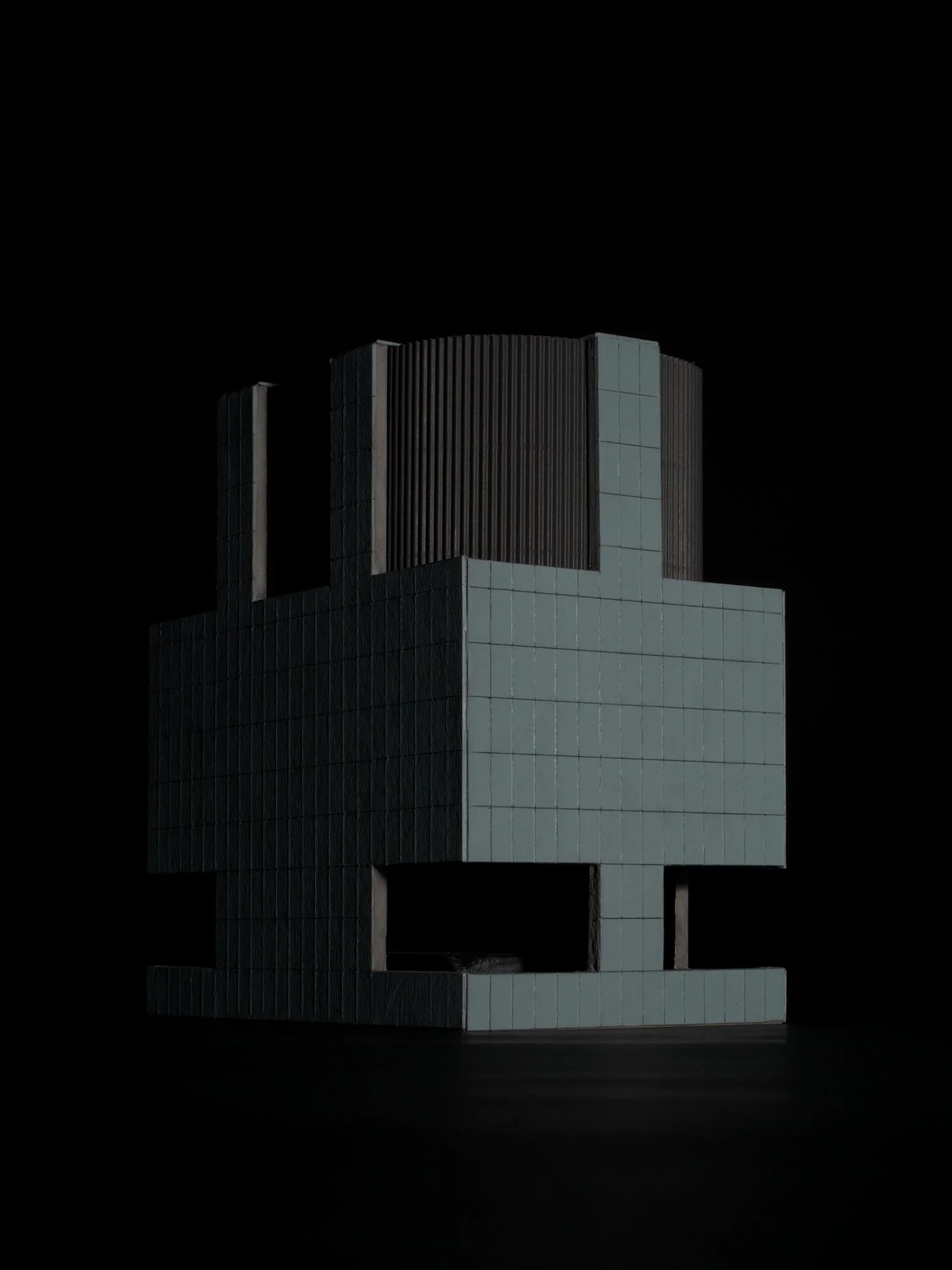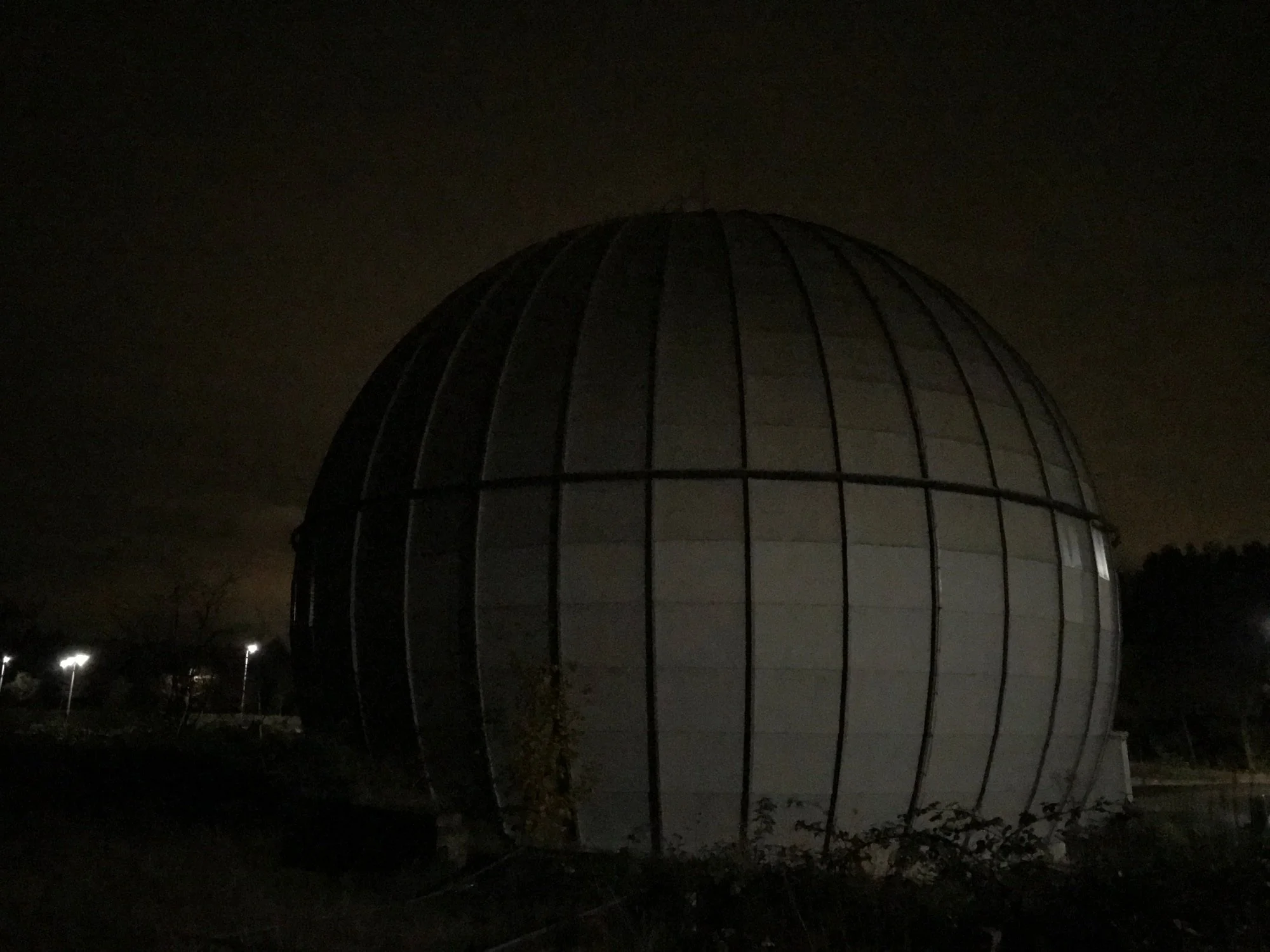I hesitate.
Am I allowed to be here?
Am I safe here?
I am alone here.
A footstep by me is answered by a creaking sound from the floor.
I can wander around and open every door.
I can stand still for a long time at a wall, and simply not think about anything.
The space is mine.
Wisdom and insights can emerge from my depths.
I can allow secret desires to enter in complete peace.
I can hide here, even when there is no danger.
The space approves with everything.
I am a visual artist and researcher working at the intersection of contemporary archaeology, spatial poetics, and forgotten histories. My practice focuses on spaces that are disappearing, abandoned, or in a state of transition—places where human presence has faded, but its imprint remains. Essentially, my work is about finding beauty and meaning in transience.
My work begins where function ends. I am drawn to spaces that have fallen silent—abandoned military sites, obsolete infrastructure, hidden voids in the landscape. These are often places that no longer serve their original purpose, but have not been redefined either. In their in-between state, they become charged with something else: ambiguity, memory, potential. I approach these sites as bodies that speak, even in their supposed emptiness. Spaces have a memory that is both visible and invisible, and vice versa, spaces exist in the memory of their inhabitants. The spaces that inspire me look like a film set, but are not fictional. Here, reality is stranger than fiction.
In my research-based practice I explore ruins as places of silence, mystery and wisdom. I'm interested in how ruins can become sites of both reflection and imagination, and how artistic practice can act as a form of spatial archaeology, but one that includes the unseen: atmosphere, silence, haunting, transformation. I work across media—drawing, photography, maquettes, and spatial intervention—always rooted in embodied research and close observation. Through walking, mapping, listening, and site-specific interventions, I treat the landscape as both archive and actor. I trace how physical remnants—concrete, steel, soil—carry the weight of social histories, political systems, and emotional residue. My work seeks to reveal the layers of meaning embedded in terrain.
The spaces that interest me are not monuments. They are ambiguous, in-between, and often overlooked—qualities I see not as limitations, but as generative. They offer room for subtlety, slowness, and doubt. My practice seeks to reveal the poetic and political potential of these voids: to let them speak, not through spectacle, but through resonance.
I am interested in collaborating with curators and institutions that engage with questions of landscape, memory, spatial politics, and the afterlives of buildings. Whether through exhibitions, site-specific projects, publications or residencies, I see my work as an open framework—one that invites audiences to sense, reimagine, and re-inhabit the spaces we thought were silent.








